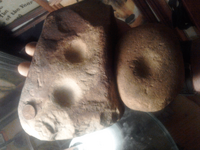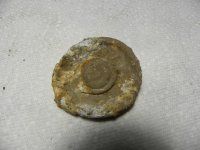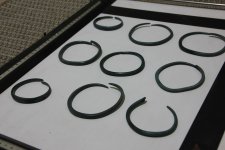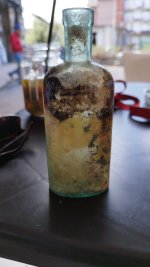fender346
Jr. Member
Hello everybody!
Thanks again for sharing all of your finds here, a great information resource.
I finally made it back to the a stretch of riverbank here in Southeastern PA that produced some cool finds last month.
I originally posted this round ball along with some other stuff I found along the bank.
Today I found the larger stone nearby...
It's about 12" x 10" and flat on the bottom. The indentation is about 1 1/2" deep at its lowest point and seems to be uniformly worn down to the center.
I'm hoping it may be a mortar stone of some sort associated with the ball.
Can anyone provide any insight, thanks.
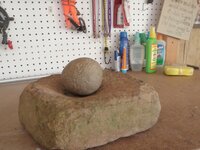
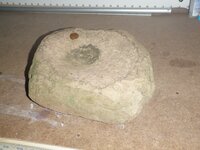
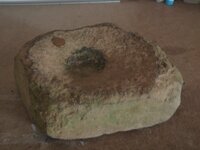
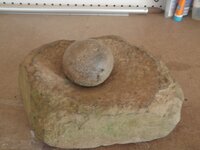
Thanks again for sharing all of your finds here, a great information resource.
I finally made it back to the a stretch of riverbank here in Southeastern PA that produced some cool finds last month.
I originally posted this round ball along with some other stuff I found along the bank.
Today I found the larger stone nearby...
It's about 12" x 10" and flat on the bottom. The indentation is about 1 1/2" deep at its lowest point and seems to be uniformly worn down to the center.
I'm hoping it may be a mortar stone of some sort associated with the ball.
Can anyone provide any insight, thanks.




Upvote
0



